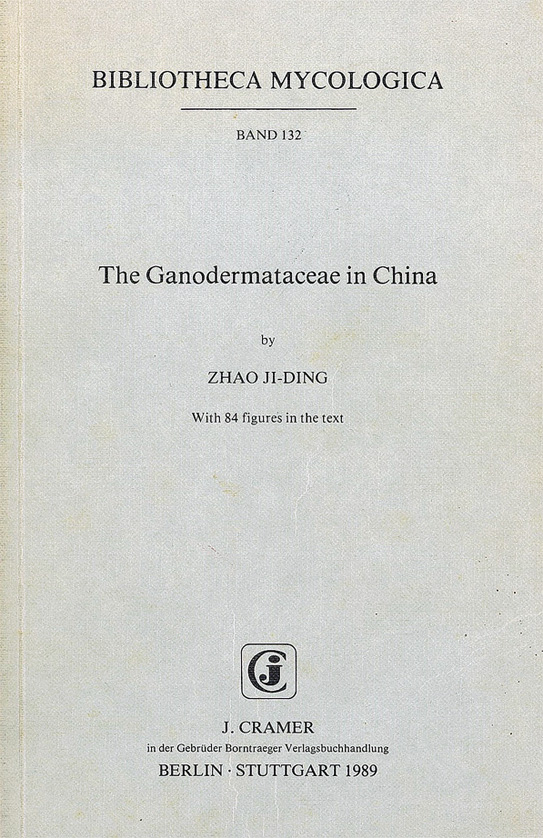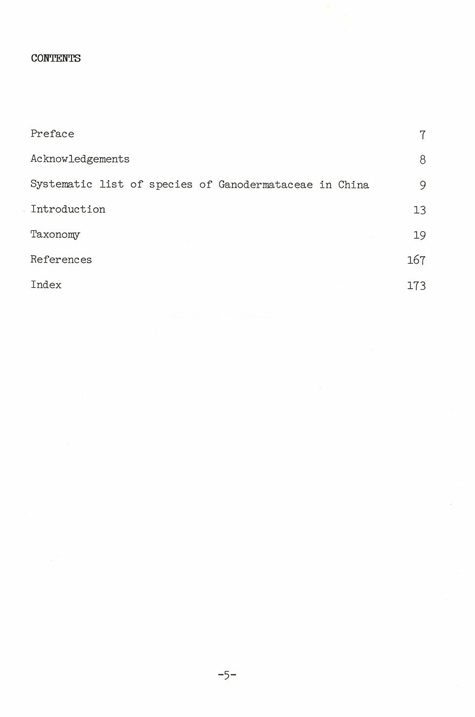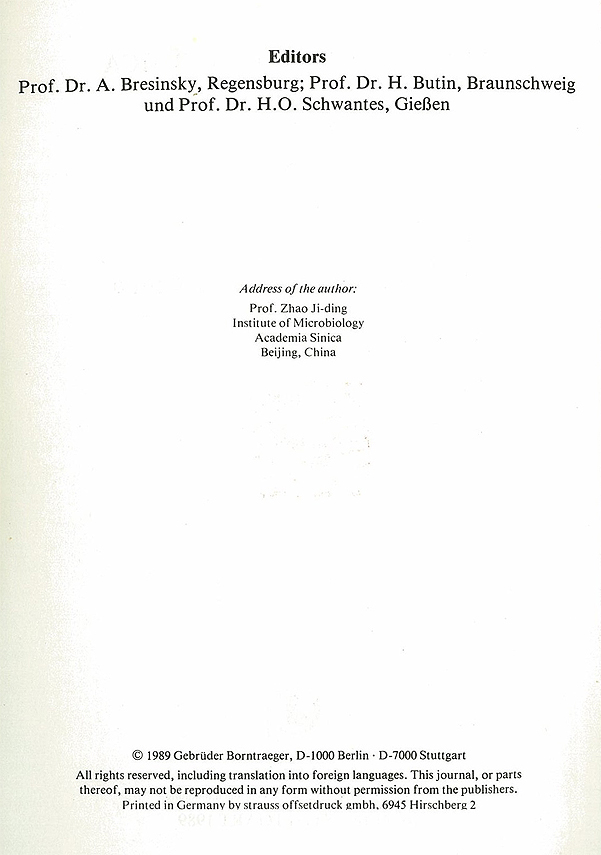出版日/1989年12月
作 者/ZHAO JI-DING(赵继鼎)
出版者/J. Cramer(Berlin.Stuttgart)
语 言/英文(English)
开 本/14cm*22cm 页 数/176页
简 介/「灵芝科(Ganodermataceae)」是一个成员众多而复杂的家族,尤其在1980年代,随着新物种的发现,使得这个家族快速扩张,许多先前发表的菌种在分类上也有一些调整,作者因此决定重新统整当时中国灵芝科的分类成果,并以英文介绍给全世界。里面包涵了4个属(Ganoderma、Amauroderma、Haddowia、Humphreya),86个种,每个种都有标本为依据,并经过严格监定,是从事真菌研究的重要参考文献。



本书英文简介
Many Chinese people are very familiar with Ganoderma lucidum, which is called "Lingzhi" in Chinese and long considered an emblem of good fortune and prosperity, and about which there are many myths. It is well known that the family Ganodermataceae represents a large, diverse complex of fungi. Many species are wood-rotting, a few are pathogenic on economically important trees and some are valuable in medicine. Furthermore, its taxonomy is very interesting and attracting many mycologists to study the family.
Since the taxa of the family are numerous, the present author has devoted about 20 years to studying this family. In 1979 he and his colleagues published their first paper "Taxonomic studies on the subfamily Ganodermatoideae of China". Their book Ganodermatoideae of China was published in 1981. Subsequently ten papers were published from 1983 to 1989.
Along with the rapid worldwide development in research on this family, great progress has been made on the taxonomy of the family, including revision of many species published in the past. For this reason, the author decided to write this article, to smmnarize knowledge of the Chinese taxa, and to introduce them to the world.
?Eighty-six species are included, belonging to 4 genera (Ganoderma, Amauroderma, Haddowia and Humphreya). Surely they represent chiefly the more common species of China. But judged from the vast territory of China, many more species are yet to be found. Every species reported is based on actual specimens and every collection has been critically examined from the whole country, especially from southern China and Hainan Province. In making determinations, every published account of the related species at the author's disposal has been consulted.?
This article will be a useful reference for mycological taxonomists, teachers and students of agricultural, forestry and medical colleges and universities, and other related students and workers.


